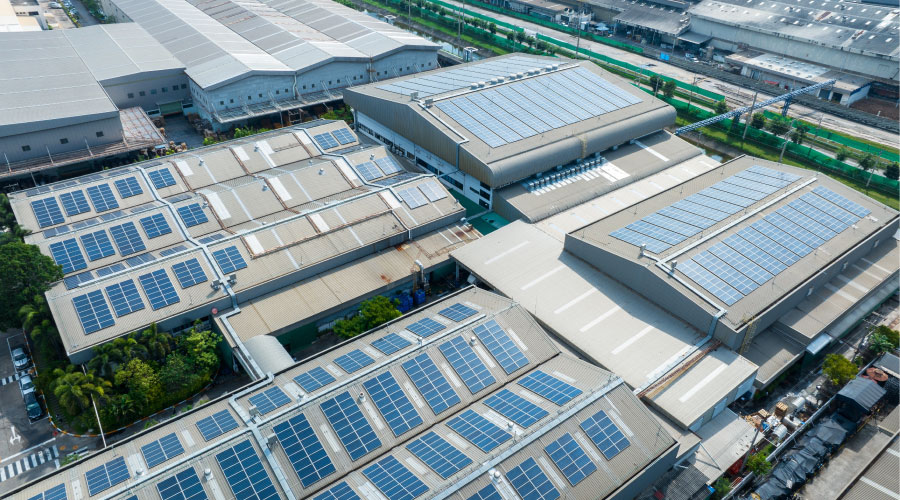Greater Baltimore Medical Center's Boiler Upgrade key to Energy Savings
Despite unhealthy economic conditions, Greater Baltimore Medical Center (GBMC) successfully completed a boiler replacement project in 2009 that delivered more sustainable and cleaner operations to the medical center and benefited the hospital's bottom line.
In 2006, GBMC officials knew most of the medical center's infrastructure and equipment were at or near the end of their useful lives, and its three boilers were no exception, says Charles Butler, GBMC's director of facilities.
"The existing boiler plant was deteriorating to the extent that it was probably only operating at below 70 percent efficiency, he says, adding that the upgrade has boosted operating efficiencies to more than 90 percent — a direct financial benefit to the medical center.
Planning The Upgrade
In 2006, GBMC — which employs 3,500 people and has a main building containing 1.2 million square feet — initiated a full-system condition assessment. The process determined that boiler replacement was the top priority. The project required a great deal of planning, given its complexity and impact on other hospital systems.
"This boiler system replacement actually touched the air conditioning units, chilled-water units, sanitary systems, water supply, and power supply which includes our fire alarms," says Butler, who was responsible for the project's scope, schedule, budget, and communications.
Construction to replace the three water tube steam boilers began in February 2008 and was completed in January 2009, just in time for winter.
"The in-service date was critical to us because we had to be online — that is, fully commissioned," he says. "We had to be online in time for the heating season, which was just a few months later."
The new boilers provided GBMC with a capacity of 40,000 pounds of steam per hour, compared with 24,000 pounds per hour from the old units. The need for continuous operation during the completion of the project created challenges for Butler and his department.
"All of our systems had to be maintained during this very critical transition for safety reasons," he says. Also, the old de-aerator tank had to be removed to site new equipment, so the new tank was set into place and connected to the old boilers temporarily. This phase required operators to closely coordinate the automatic controls so there was always an ample supply of feed water to the old boilers."
The project included construction of a new control room, as well as the installation of advanced controls that are designed to enhance boiler efficiency.
"The new control panels offer better control with more screens and alarms," Butler says. "It was a big change for the personnel. The new controls technology also allows operators to sequence boiler operation to maximize efficiency.
"Because the new boilers are highly reliable, our current boiler operation sequence allows in-service rotation of one boiler on-line, another boiler in hot stand-by and a third off-line awaiting rotation to stand-by or in-service with a high degree of confidence, minimizing concerns regarding downtime, emergency planning, and operating expenses over budget."
For a behind-the-scenes look at GBMC's nerve center, visit http://bit.ly/gbmcroom.
Related Topics:













